Whether you’re looking for the right roof for your home or business premises, you need to keep one important factor in mind: proper roofing maintenance. But what kind of maintenance does a roof need?
Regular roof maintenance includes checking for and repairing any damaged or missing shingles, removing debris such as leaves and branches that may clog the gutters or cause damage to the surface, and inspecting for signs of animal activity such as nests.
Additionally, regular inspections should be done by a professional roofing contractor to check for missing tiles or hidden damage caused by wind and weather.
When it comes to your home and its occupants, roof maintenance isn’t always as simple as merely putting new tiles on the roof every so often, or simply sealing up your gutters to keep your pipes from leaking. In fact, the best way to keep your roof looking great is to make sure that it’s properly maintained.
Roof care is not really a tough job, and you can even do it yourself, but it’s best that you leave this to the experts. Learn more about retrofit roofing systems if you’re curious about getting your roof replaced or retrofitted.
What Is Roofing Maintenance?
Roofing maintenance is the process of inspecting, repairing, and maintaining your roof in order to prevent damage and extend its lifespan. It involves checking for signs of damage, such as water damage or missing shingles, and ensuring that your roof is up to code.
Additionally, it includes making sure there are no potential issues with tree branches or low-hanging branches near the roofline. Lastly, it’s important to have a professional roof inspection done every few years to ensure that all components of the roof are functioning properly.
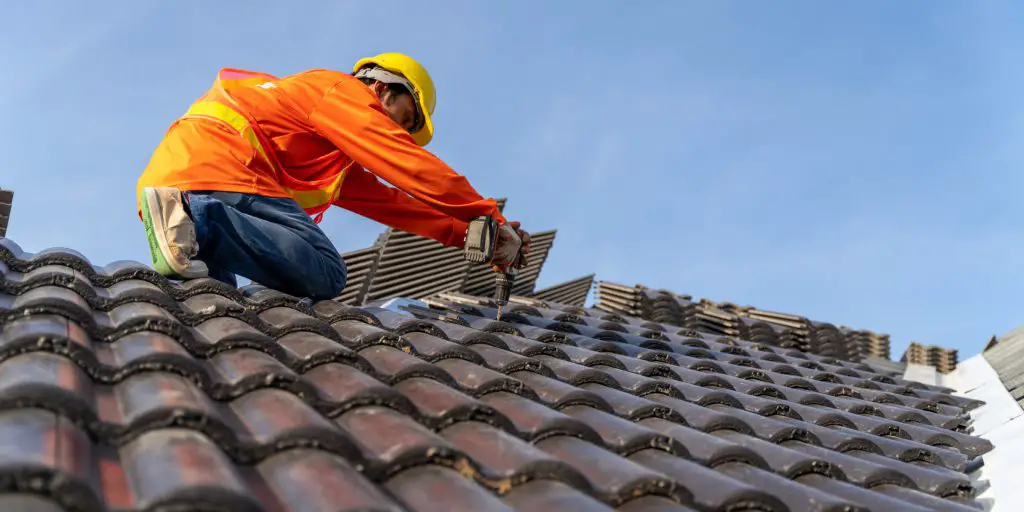
By taking these steps, you can minimize the need for costly repairs or even a full roof replacement in the future. Adequate ventilation should also be taken into account when performing roof maintenance tasks so as to reduce algae growth and other damages due to bad weather.
Homeowners should also pay special attention to their rain gutters so they don’t become clogged with debris. Roofing professionals can help you determine which type of roof is best for your home and provide more insight into how to maintain it correctly. With proper care and regular maintenance, any type of residential roofing system can last many years before needing repair or replacement.
By taking the time to inspect and maintain your roof, you can save yourself a lot of money in costly repairs or even a full roof replacement. You’ll also be able to enjoy peace of mind knowing that your home is well-protected from the elements. But why is roof maintenance important? Keep reading to find out!
5 Roofing Maintenance Tips
It’s a known fact that proper roofing maintenance is very much necessary for the lifespan of a roof. If you don’t keep your roof in top shape, it will eventually deteriorate and need to be replaced.
There are many different types of roofs, so it’s a good idea to know about them before scheduling your roof maintenance. Some of the most common types of roofs are asphalt shingles, metal tile roofing, and metal roofing.
There are also a number of different types of roofing repairs steps that should be performed. Here are five of them:
1. Clean The Roof
There are several types of roof maintenance that need to be completed on a regular basis, as they vary for each type of roof. One of these is the cleaning of the roofing materials.
When the roofing material is left dirty, it can eventually rust and deteriorate. You can purchase a variety of roof cleaning products from most home improvement stores or from the manufacturer of your roof. These types of cleaning products should be applied every two weeks or so, depending on the amount of time the roof has been left untreated.
2. Clear Away Any Debris
In order to maintain the cleanliness of your roof, it is recommended that disused debris be swept up or bagged on a regular basis. If you only have a regular broom and don’t have the money to buy a plush broom, then just sweep up the dirt best as possible.
Evaluate whether there are any low-hanging branches near your roof, as these can eventually cause damage even though they may seem harmless.
Removing any branches that hang over or near your roof will help protect it from damage caused by stormy weather or falling debris from wildlife such as squirrels or birds.
It’s also important to keep trees trimmed so that they don’t shade too much light onto the area where moss tends to grow—moss encourages further water absorption into a damp surface which can compromise both aesthetic appeal as well as structural integrity over time.
Trim away any debris with a pair of scissors, and remove any smaller branches that you can easily reach with your hands. This is a good way to avoid large branches coming down onto your head and keeping unwanted animals from eating through the roof over time. You should also check around the home for any loose nails or shingle nails that may need to be removed.
3. Check Your Shingles
Your roof’s shingles are the most important part of your roof, so it’s essential that you check them regularly for signs of damage. Make sure that you look for any missing, cracked, or warped shingles. If any of these problems exist, make sure to contact a professional roofing contractor as soon as possible to fix the issue.
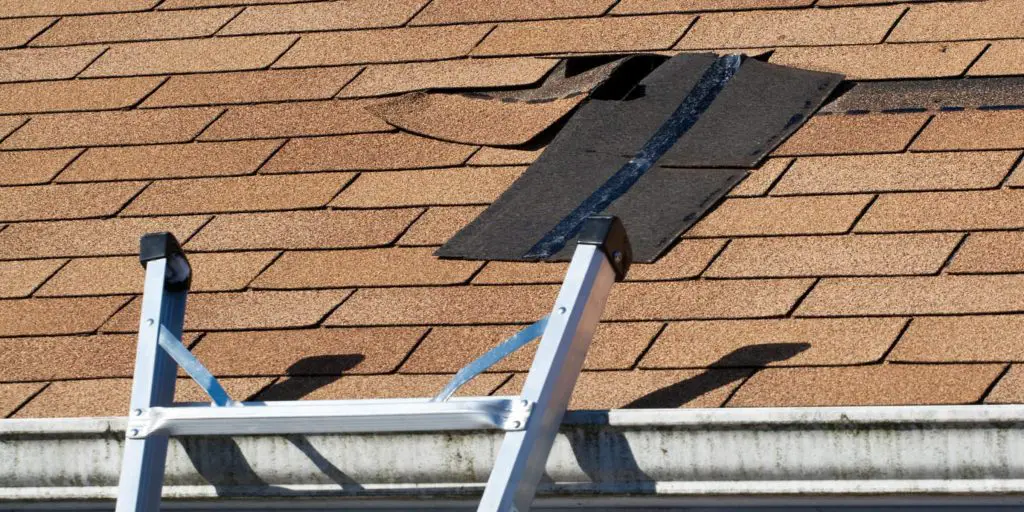
Shingles are the protective layer of your roof, providing a barrier against the elements such as rain, wind and sun. They are also essential in keeping out pests and animals.
Without them, your roof would be much more susceptible to water damage, leaks, and other issues that can compromise its structural integrity. This is why it’s so important to check your shingles regularly for any signs of damage or wear and tear.
4. Clean Your Gutters
If left unchecked, leaves and other debris can build up in your gutters and cause water damage to both the inside and outside of your home.
Make sure that you clean out your gutters at least once a year (more often if necessary) so that they remain clear and can properly divert water away from your roof and home’s siding.
If you have a tree or other obstruction in the way of your gutters, this will make it difficult for rainwater to run off, even if it does pelt on the roof at times.

If your roof has no gutters, consider installing rain gutters. These allow water to run off from the roof instead of being forced to stay on top by a water trap. These types of gutters also help prevent the build-up of water that may be trapped on your roof.
5. Do Regular Inspections
Ensure that the steps above are done frequently to avoid problems and unnecessary repairs in the future as regular roof inspection will save you money in the long run.
Another tip involves ensuring that you regularly clean any spills on your roof as soon as possible. If you notice anything that could potentially ruin the look of your house or harm your family members, it’s best to get them cleaned up as quickly as possible, so they don’t have a chance to seep into the building itself and cause more damage.
Signs of Roof Damage
Damage can be subtle and may go unnoticed until a more serious issue arises. It is important to regularly inspect your roof for any potential issues as this can help you avoid costly repairs down the road.
Common signs of roof damage include missing, cracked, curled, or loose shingles; water stains on ceilings or walls; and excessive algae growth.
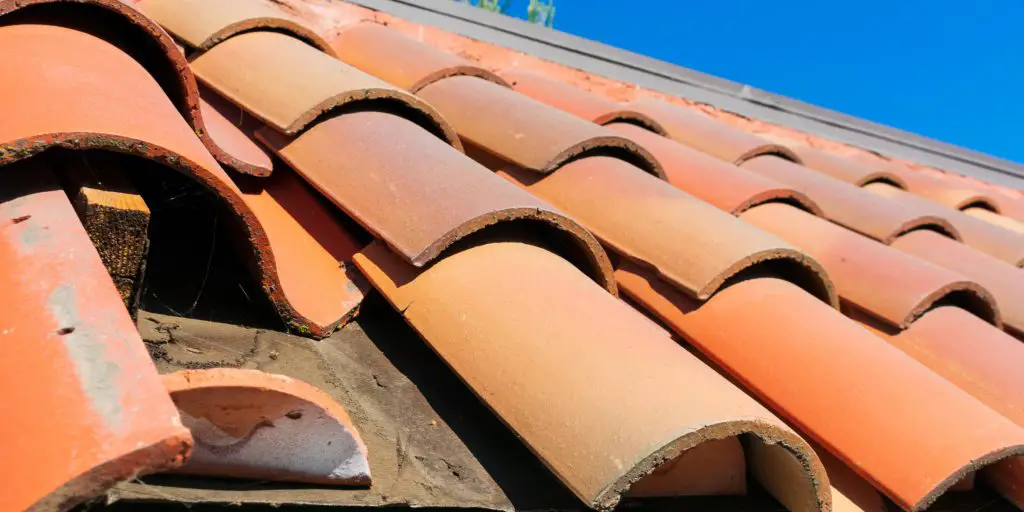
You should also pay special attention to any low-hanging branches from nearby trees that could scrape or puncture your roof when strong winds blow.
Additionally, if you notice any discoloration on your roofing material or sagging around the edges of the roof, it could be a sign that there is inadequate ventilation in the attic and/or that water has been collecting there.
Finally, if you experience bad weather and notice leaks in your home after the storm has passed, it is important to inspect your roof for possible damage caused by heavy rains and winds. If you spot any of these signs of damage, contact a professional roofing contractor right away to help diagnose the issue and identify appropriate solutions.
Don’t forget to watch out for water damage too – it can be caused by a variety of issues and lead to serious consequences if not addressed quickly!
Water Damage
Water damage can be a serious issue for any home, and it can result from a variety of sources. It is important to look out for signs of water damage, such as discolouration on walls or ceilings, sagging or wet insulation in the attic, and build-up of mould or mildew. If these signs are present, call a professional roofing contractor right away, so they can properly diagnose and address the issue.
To avoid water damage in your home, make sure your roof is well maintained. Inspect your roof regularly for cracked, curled, missing, or loose shingles that could allow moisture to enter. Additionally, keep an eye out for overhanging tree branches that could puncture your roof when strong winds blow. Finally, ensure that adequate ventilation exists in the attic to prevent condensation from building up which could promote mould growth and other types of water damage.
By taking these simple steps you can help protect your home from any potential water damage before it becomes a major problem!
Tree Branches and Low-hanging Limbs
Tree branches and low-hanging limbs can be a major issue for homeowners, especially during bad weather. Not only can these pose a danger to the roof itself, but they can also obstruct gutters and downspouts, leading to water damage. It is important to regularly inspect your roof for any overhanging tree branches that could harm it. If you spot any, trim them back or call a professional roofing contractor to do so.
When winter approaches, pay special attention to low-hanging branches as snow and ice accumulation can add extra weight and cause them to break off and fall on your home. Additionally, consider removing dead or dying trees or overgrown shrubs that are close to your house as they could cause potential issues with the roof in the future.
By taking the time to inspect and maintain your roof on a regular basis you can help ensure that it remains in good condition regardless of what mother nature throws at it!
Algae Growth
Algae growth can be a major nuisance for homeowners when it comes to roof maintenance. Algae is most commonly found in warm and humid climates, as it thrives in moist environments. Additionally, algae growth occurs when shingles don’t get enough sunlight due to an abundance of trees or other structures that block the sun’s rays.
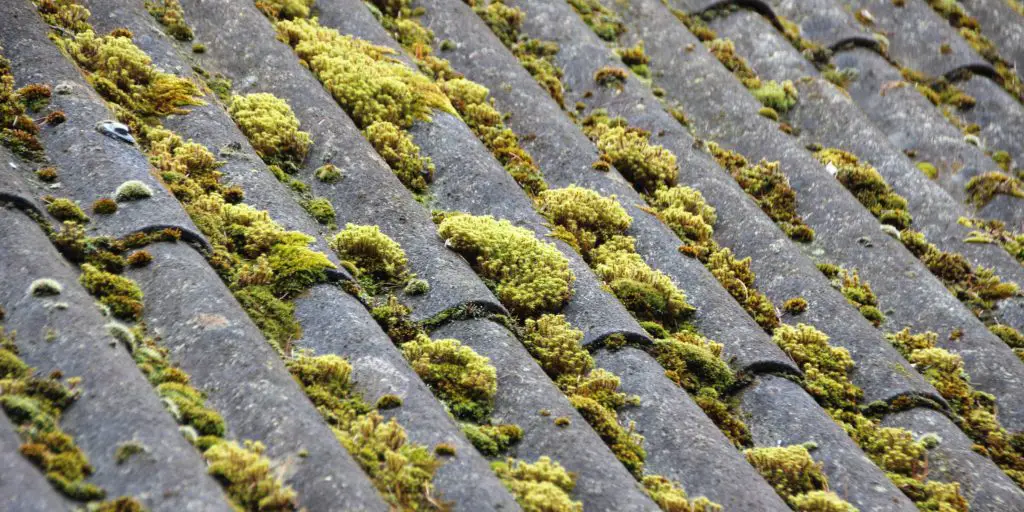
If left unchecked, algae can cause staining and discolouration on your roof that can be difficult or expensive to remove. To help prevent the growth of algae, make sure your roof has adequate ventilation and plenty of sunlight exposure throughout the day. You should also ensure that any trees or shrubs close to your house are trimmed back regularly, so they don’t shade the roof too much.
Additionally, you may want to consider installing metal roofing as a preventive measure against algae growth. Metal roofs reflect more light than traditional asphalt shingles, decreasing the chances of algae taking root on your roof.
By following these simple tips for homeowners, you can help keep your roof free from any unsightly algae stains!
Carports and Canopies
If you are installing a carport or a canopy then look at using 16mm polycarbonate sheets.
These are ideal for the majority of these projects. 16mm polycarbonate roofing panels are an excellent material to use, as it is light, robust, and has good levels of durability.
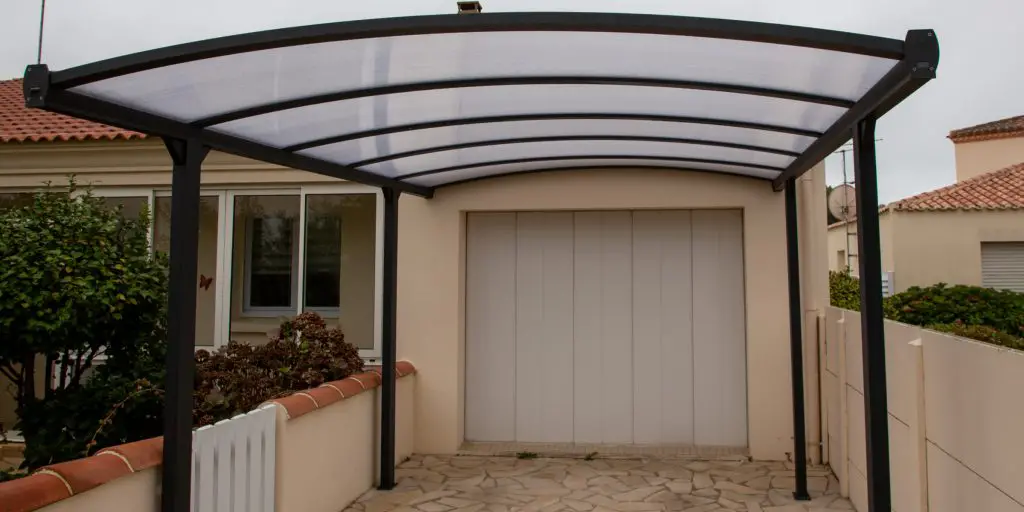
When it comes to roofing, polycarbonate sheeting is hugely popular. It is flexible and versatile and as it comes in sheets or panels, it is easy to install. If you are unsure then contact the supplier then ask them how to install polycarbonate roofing and they will be able to advise you.
Final Thoughts
Maintaining your roof is essential to protecting your home from damage. Taking time to inspect your roof, trim back any tree branches or overgrown shrubs, and guard against algae growth can help ensure that your roof remains in good condition for years to come.
Additionally, consider investing in metal roofing or installing a carport or canopy with 16mm polycarbonate sheets if you want further protection from the elements. By following these simple tips you can make sure that your roof is in top shape and ready for whatever life throws at it!
Conclusion It may seem like a lot of work, but by maintaining your roof and keeping it in good condition, you’ll be doing yourself a huge favour in the future. The roof on your home is built to last the test of time and harsh weather, but maintaining your roof can keep it in prime condition for years to come.
- 10 Surprising Things That Decrease Property Value - April 15, 2024
- How to Buy a Rental Property - April 10, 2024
- Landlords Guide to Normal Wear & Tear in Rentals - April 8, 2024



